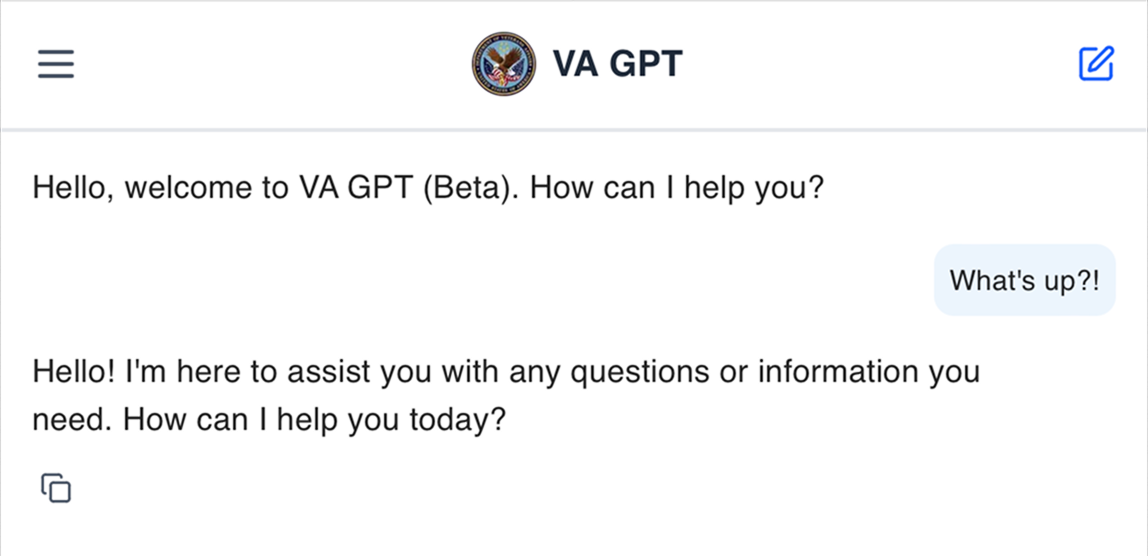An analysis of X(Twitter)'s new XChat features shows that X can probably decrypt users' messages, as it holds users' private keys on its servers
-
You probably didn't understand me. I'm saying that a company can just arbitrarily decide (like you did) that the server is the "end" recipient (which I disagree with). That can be done for chat messages too.
You send the message "E2EE" to the server, to be stored there (like a file, unencrypted), so that the recipient(s) can - sometime in the future - fetch the message, which would be encrypted again, only during transport. This fully fits your definition for the cloud storage example.
By changing the recipient "end", we can arbitrarily decode the message then.
I would argue that the cloud provider is not the recipient of files uploaded there. In the same way a chat message meant for someone else is not meant for the server to read, even if it happens to be stored there.
Alternatively, we need to stop saying E2EE is safe at all, for any type of data, because or the arbitrary usage.
-
You probably didn't understand me. I'm saying that a company can just arbitrarily decide (like you did) that the server is the "end" recipient (which I disagree with). That can be done for chat messages too.
You send the message "E2EE" to the server, to be stored there (like a file, unencrypted), so that the recipient(s) can - sometime in the future - fetch the message, which would be encrypted again, only during transport. This fully fits your definition for the cloud storage example.
By changing the recipient "end", we can arbitrarily decode the message then.
I would argue that the cloud provider is not the recipient of files uploaded there. In the same way a chat message meant for someone else is not meant for the server to read, even if it happens to be stored there.
I'm saying that a company can just arbitrarily decide (like you did) that the server is the "end" recipient (which I disagree with).
They cannot. Thats not how E2EE works. If they can arbitrarily decide that, then it isn’t E2EE.
That can be done for chat messages too.
It cannot, if you’re using E2EE.
You send the message "E2EE" to the server, to be stored there (like a file, unencrypted), so that the recipient(s) can - sometime in the future - fetch the message, which would be encrypted again, only during transport.
That’s not how E2EE works. What you are describing is encryption that is not end-to-end. E2EE was designed the solve the issue you’re describing.
This fully fits your definition for the cloud storage example.
It does not. Cloud storage is a product you’d use to store your data for your own use at your own discretion.
I would argue that the cloud provider is not the recipient of files uploaded there
It is if you uploaded files to it, like on purpose.
You’re confusing E2EE and non E2EE encryption.
-
Alternatively, we need to stop saying E2EE is safe at all, for any type of data, because or the arbitrary usage.
We don’t need to stop saying E2EE is safe, because it is. There is no arbitrary usage. Either it’s E2EE. If a company lies to you and tells you it’s E2EE and it’s not E2EE that’s not arbitrary usage, it’s just a lie.
-
We don’t need to stop saying E2EE is safe, because it is. There is no arbitrary usage. Either it’s E2EE. If a company lies to you and tells you it’s E2EE and it’s not E2EE that’s not arbitrary usage, it’s just a lie.
You are obviously not interested in listening to a word I'm saying. Goodbye.
-
You are obviously not interested in listening to a word I'm saying. Goodbye.
You’re talking about things that you don’t understand on a fundamental level. Maybe stick things you do understand?
-
-
A judge set the timeline for the Amazon antitrust trial, which starts on February 9, 2027
Technology 1
1
-
Microsoft and the CWA reach a tentative contract agreement for ~300 ZeniMax QA workers after two years of talks, marking Microsoft's first US union contract
Technology 1
1
-
Gumroad Founder Sahil Lavingia Reveals He Was Let Go from DOGE as Software Engineer for the Department of Veterans Affairs After Just 55 Days
Technology 1
1
-
-
-
-



